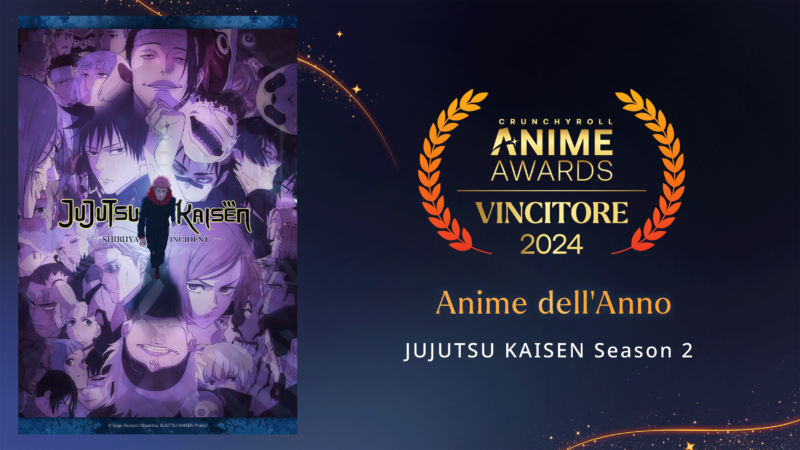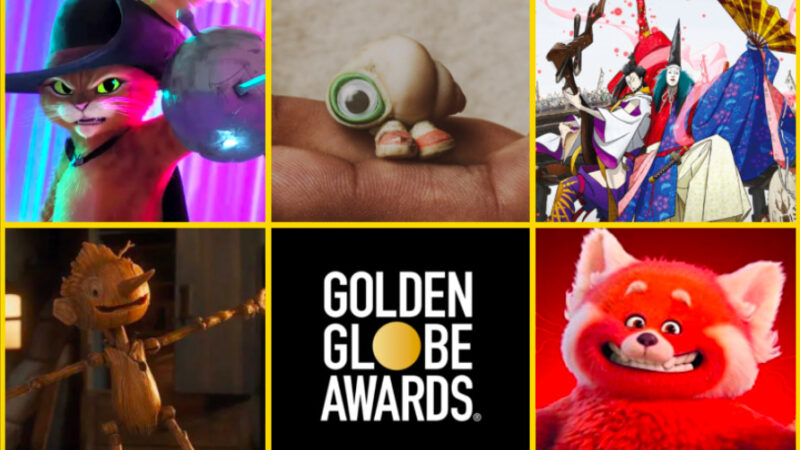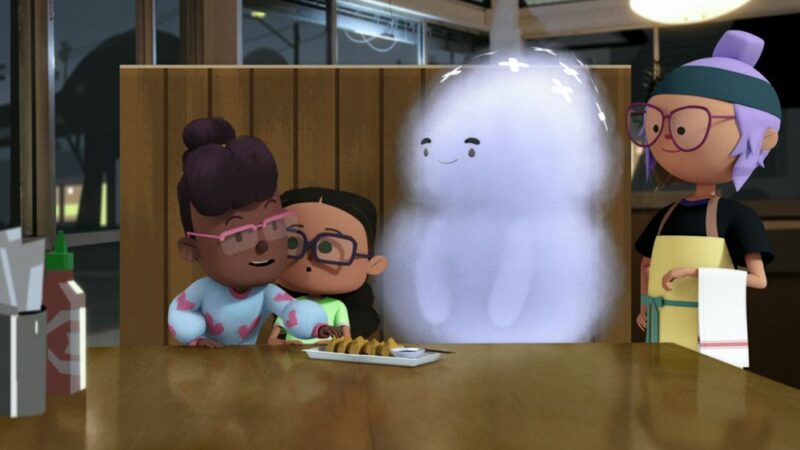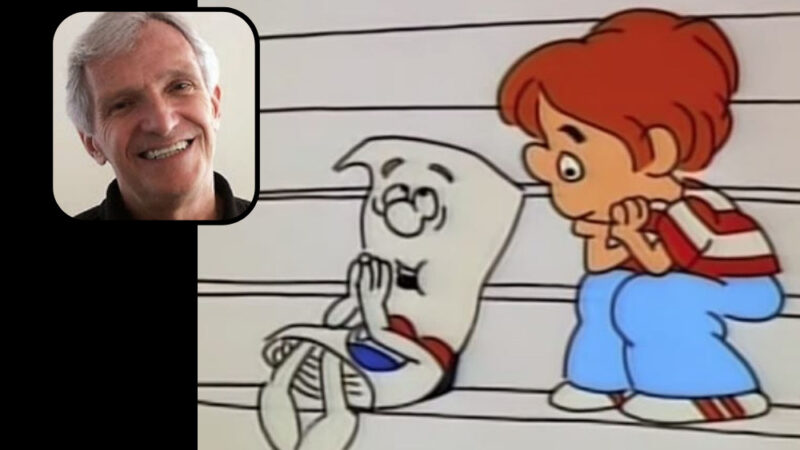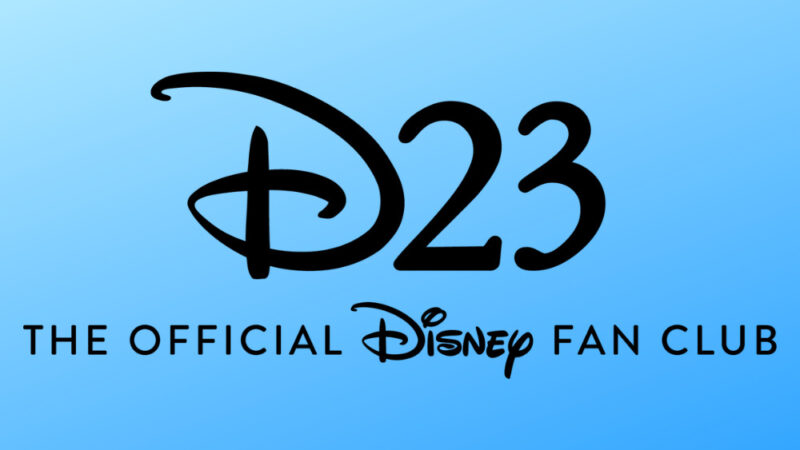The MPC movie brings the roar of "Godzilla vs. Kong" to life with monstrously sized graphics effects
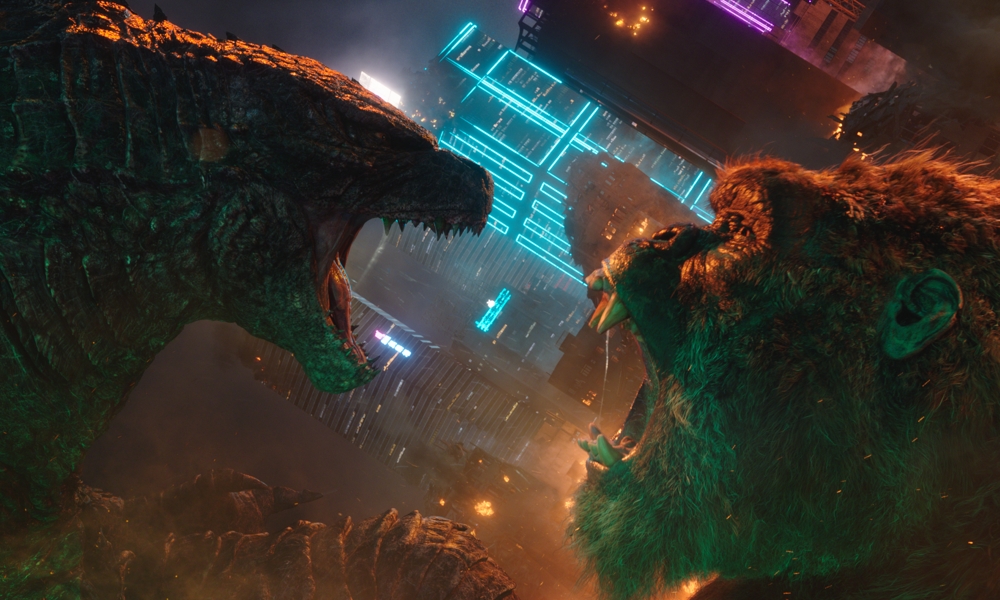
Production Visual Effects Supervisor John "DJ" Des Jardin, MPC VFX Supervisor Pier Lefebvre and MPC Animation Supervisor Michael Langford led MPC Film's VFX team to shoot 177 shots for the "Downtown Battle" sequence in Godzilla vs. Kong. VFX artists from MPC Film studios in Montreal, Bangalore and London worked together to deliver the epic clash between the two titans in central Hong Kong.
The creative team based at Technicolor's preproduction studio in Culver City, Los Angeles, worked on all fronts of the visualization process for the Hong Kong sequence, from previsualization to postvisualization. The team worked closely with director Adam Wingard as he traveled from Vancouver, to location in Hawaii, Australia, and back to the studio in Los Angeles. Forecast supervisor Kyle Robinson led the charge with his team of asset builders and sequence artists. "With the guidance and guidance of visual effects supervisor DJ Desjardin, the MPC team and I were able to help bring this film into an exciting and extraordinary life," said Robinson.
In the preliminary stages, MPC Film was given the concept art of King Kong and Godzilla that stands out among the pink, cyan and orange lights of the city of Hong Kong, saturated in a blue haze. Famous for its vibrant nighttime scenes of neon signs, laser shows and huge LED screens, it was important to understand an authentic representation of Hong Kong's cityscape.
Both the previsualization and postvisualization teams helped solve many of the creative challenges faced in this pivotal sequence. The work done during pre-production helped set up the successful production on set as well as when it transitioned to post-production. The creative collaboration that began in pre-production shows clear visual connections to the final cut of the film.
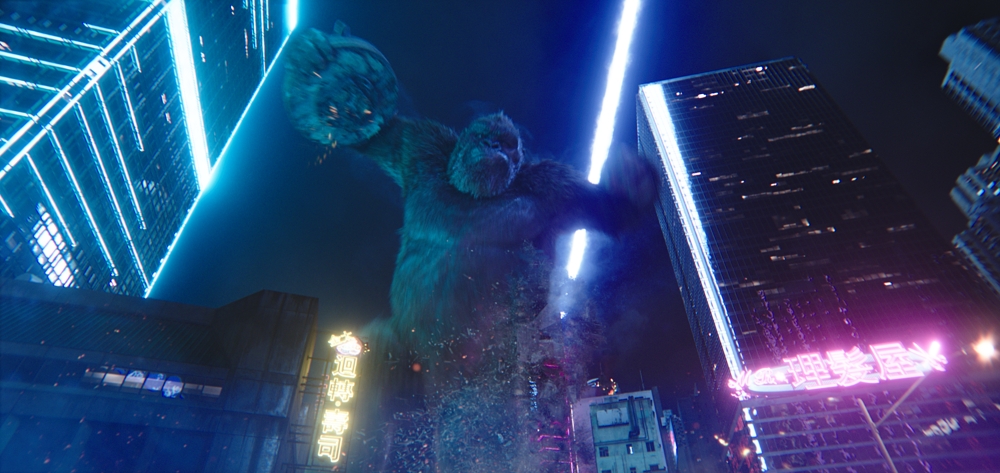


Godzilla vs. Kong
One of the main objectives of the MPC Film team was to recreate the specific lighting concept. Numerous conversations were ongoing with Wingard throughout the process regarding the city's neon lighting color scheme. Also, it was important to demonstrate the size of Kong and Godzilla, along with the realism of the CG city.
In addition to developing the dynamic representation of Hong Kong, the team ensured that these striking colors accurately illuminated the characters during the fast-paced and highly destructive confrontation. What begins as a blurred and colorful low-key set is skilfully punched into a fiery hellish landscape.
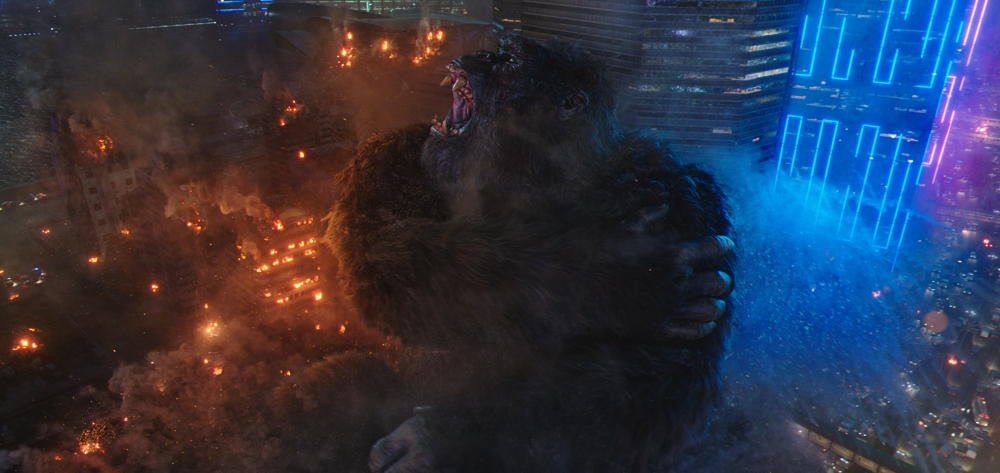


Godzilla vs. Kong
Introducing a new proprietary software tool called Populate HK (Hong Kong) technology was created Godzilla vs. Kong. This was a script, based on PACS, built by MPC Film CG supervisor Joan Panis to help push the main city environment into all shots. Popola HK meant that any updates made in the main environment build could be easily integrated into new shots. This included reading up on any changes made to the footage by the animation team. Populate HK would read the base environment and the modified animation and prepare the city for rendering. The script also contained the capabilities to ensure that the shots were populated based on which sections of the city were visible, making them less burdensome to render.
The "Downtown Battle" was a particularly challenging sequence as most of the shots were completely CG and included a large amount of complex destruction effects. Continuity in the sequence was a key point in ensuring that the previously destroyed buildings remained in their fragmented appearance, as did the shattered neon lights that flickered amidst the mass destruction.
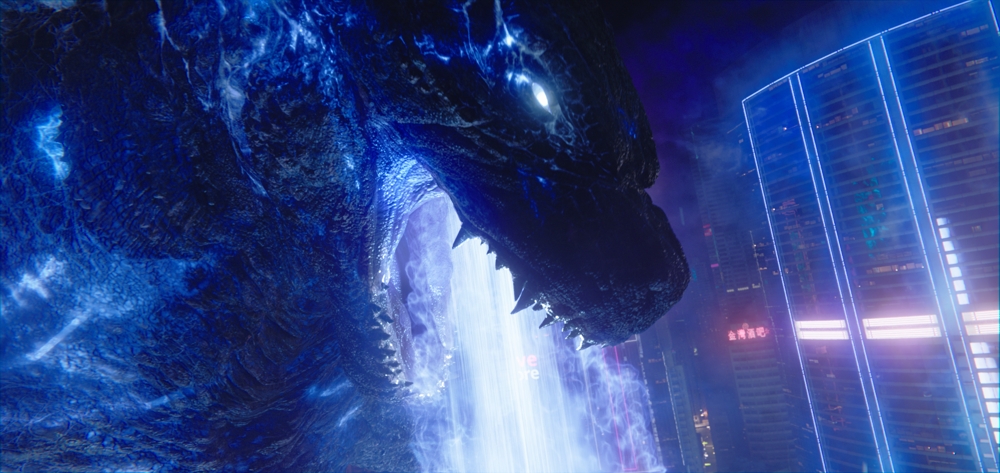


Godzilla vs. Kong
CG supervisor Timucin Ozger created an automated Houdini destruction workflow scene, which could also render outputs with Neons as light sources in Mantra Renderer. This workflow created similar outputs to what the lighting department would have rendered. This helped avoid surprises of different aspects between departments and maintain consistency. MPC has also updated its Parallax Shader to make skyscrapers photorealistic. The new shader could join windows in offices and create Parallax Rooms that actually looked like offices, not limited to single rooms.
The animation team's main challenge was to create a fierce and dynamic battle that not only emphasized the size of the titans, but also showed the emotion of the fight on their faces. The animators enjoyed acting out the battle and choreographing how Kong and Godzilla could have fought, and then reinterpreting that performance in keyframe animation. An added challenge was to create a loving, non-threatening interaction between Kong and Jia, despite Kong's monstrous size and intimidating appearance. It was essential to get the perfect emotion and expression on Kong's face to sell his feelings without words.
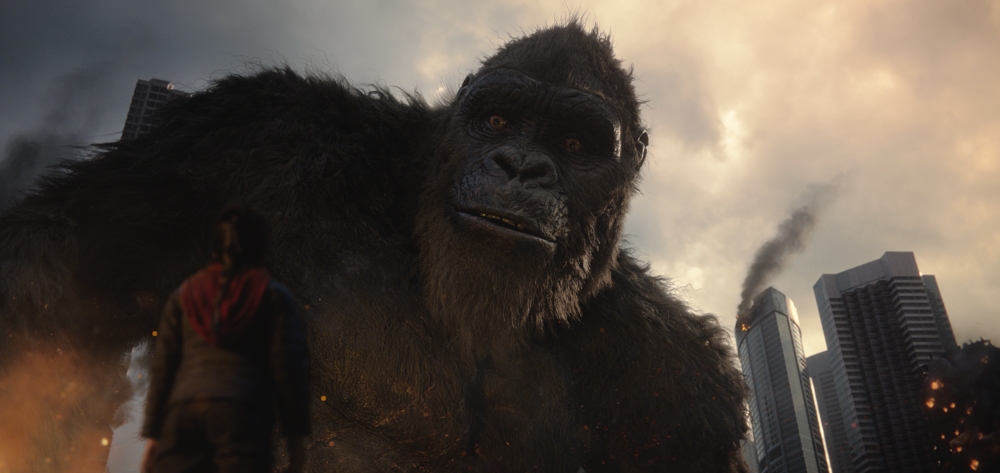


Godzilla vs. Kong
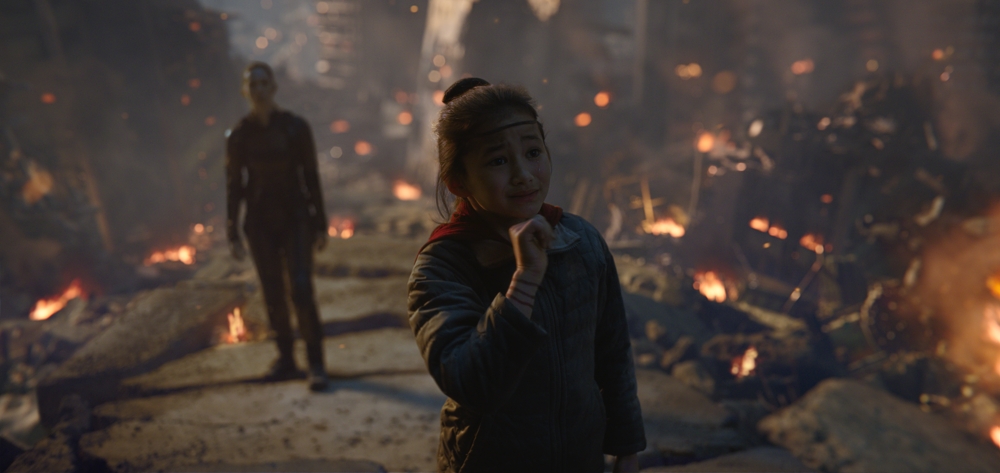


Godzilla vs. Kong
Legendary images " Godzilla vs. Kong is now in theaters worldwide through Warner Bros. Pictures and Toho (Japan).
Source: MPC Film
Go to the source of the article on www.animationmagazine.net

